How do I...
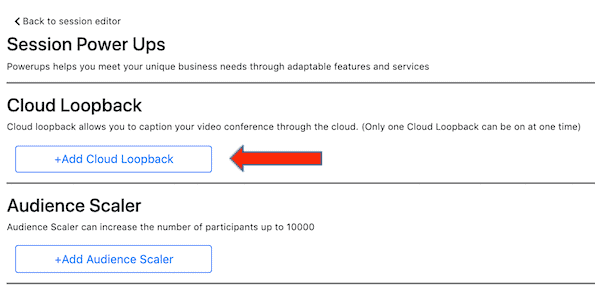
How to Set Up Cloud Loopback: Captions for Multiple Speakers
What is Cloud Loopback? In order to caption multiple speakers on a Zoom call, Streamyard or any other platform, you will need to loopback audio from your meeting. This routes the sound into spf.io to generate captions. Spf.io initially required users to install...

How to Use Speech to Text for Events: Best Practices
As virtual spaces and services become more common, so does speech-to-text software. Business professionals, content creators, and countless others use Artificial Intelligences (AI) like Siri, Alexa, Zoom, and more to provide shopping services, automatic captions,...

How to get YouTube Live automatic captions
YouTube Live automatic captions: How to hide captions, display them, and improve captioning accuracy Captions make videos easier to understand and improve accessibility. They are especially important because most viewers mute their audio and watch videos without...
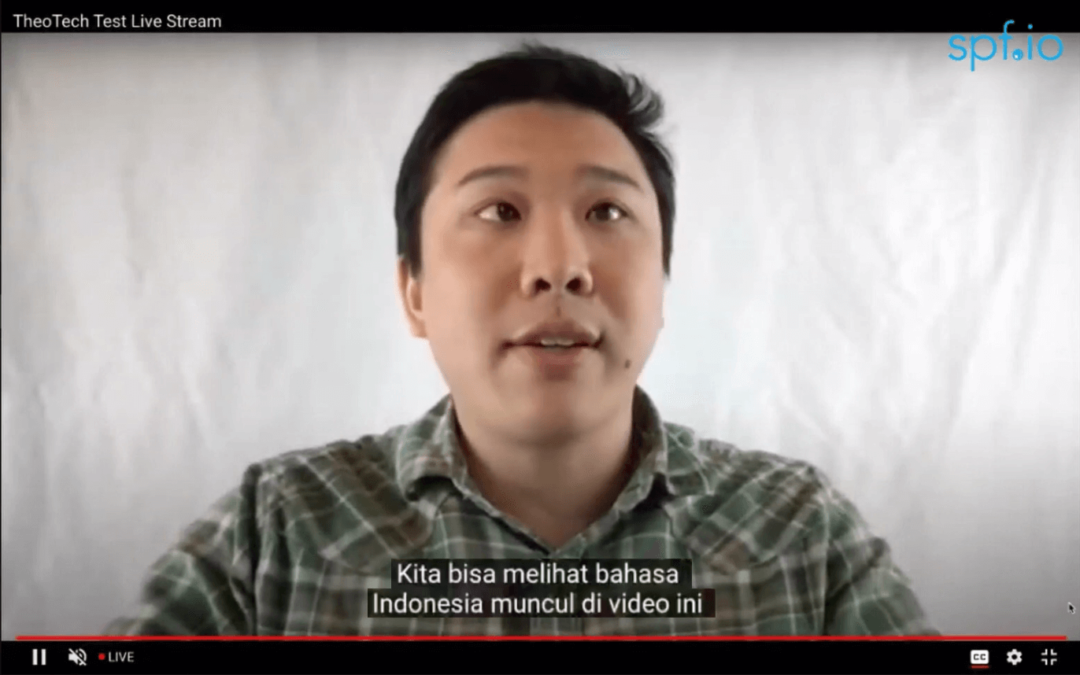
Bilingual YouTube Live subtitles with spf.io’s Language Switcher
Getting YouTube Live subtitles is easy when you use spf.io. Whether you are looking to translate English to Spanish subtitles or a different language pair, spf.io can help! We support over 60 languages for automatic translation. Spf.io’s customizable captioner is...
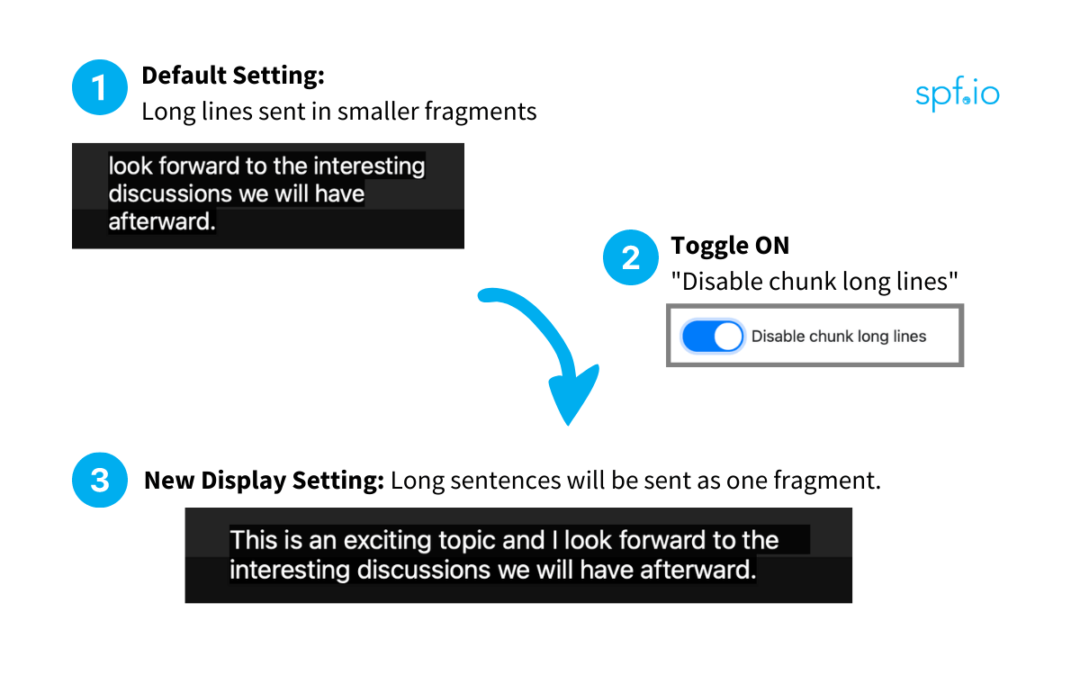
How to change the displayed length of captions from spf.io
The purpose of the caption endpoint integration in spf.io is to display captions or translations in other platforms, like Zoom or Youtube Live. By default, text sent from spf.io is displayed broken up into smaller fragments. This is by design to improve readability,...

Youtube Livestream + spf.io integration for captions and translation
This video explains how spf.io integrates with a Youtube Livestream so that automatic captions or translation appear in your live video, directly in Youtube's interface! This utilizes Youtube's caption ingestion URL. Instructions 1. Prepare a Youtube Livestream on...

Community-sourced translations and closed captions for YouTube videos
Does Google currently offer crowdsourced, collaborative closed captions for YouTube? YouTube no longer offers the option to use crowdsourced captions, formerly called “Community Captions.” Many creators are struggling with how to get closed captions for YouTube videos...
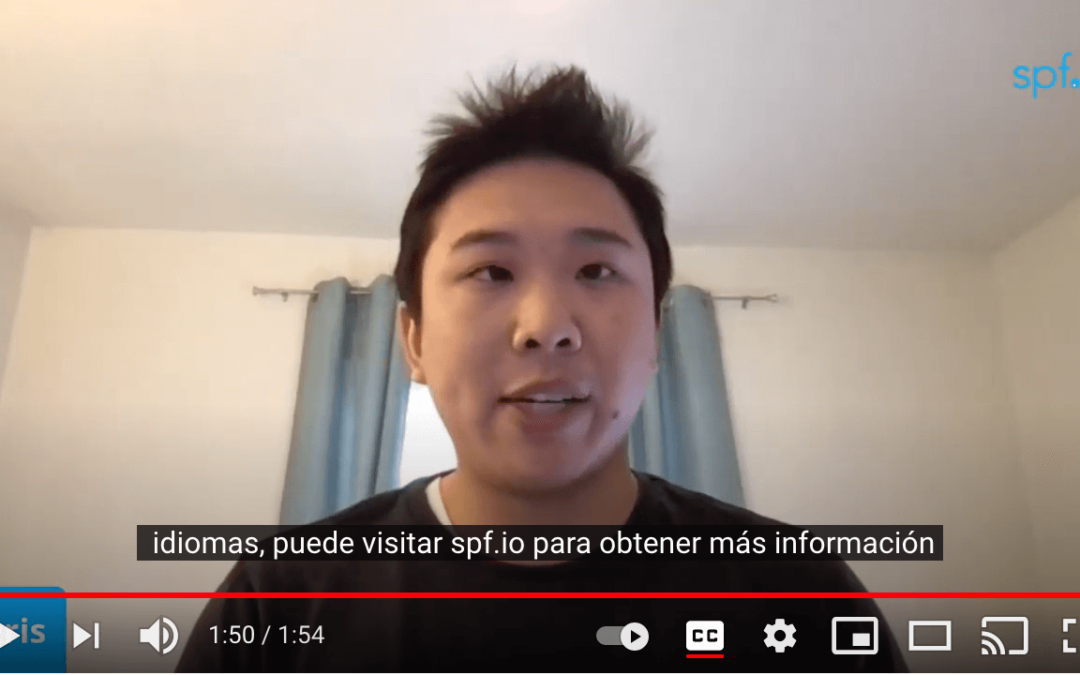
How to add subtitles to YouTube videos (and quickly edit your captions)
Add subtitles to YouTube videos to increase the accessibility and ranking of your videos Choosing to display captions or add subtitles to YouTube videos can help you increase your audience in a few different ways. In this article, we’ll focus on how to add and easily...

How to Set Up Zoom for Bidirectional Translation
Spf.io now supports bidirectional translation in Zoom! This means you can support two languages speaking in your meeting, and you can show the translation of the spoken language in the bottom third of the screen. Here’s how to set it up. Note that this currently only...
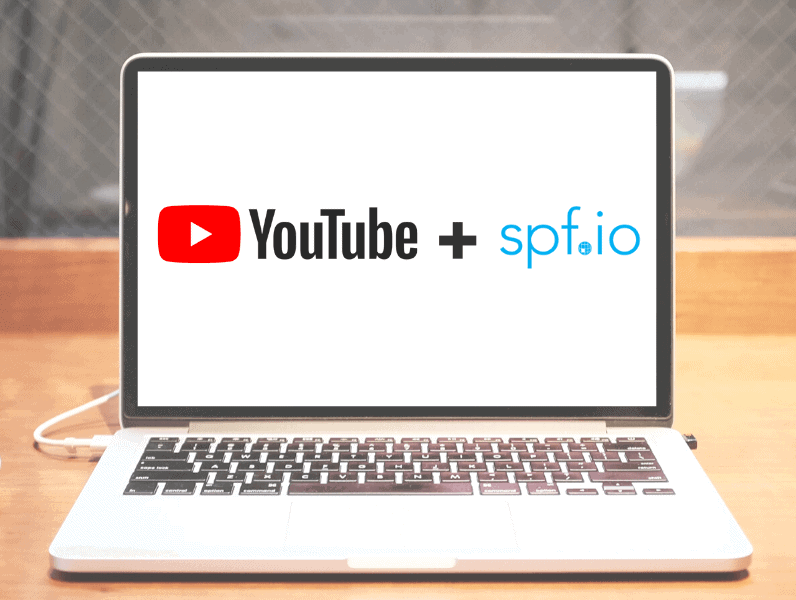
How to add and edit YouTube closed captions and subtitles to your videos
Does everyone get access to YouTube Closed Captions? Most creators and channels can turn on automatic YouTube closed captions for their videos for a single language in YouTube Studio. However, newer creators may not have access to enable or change these captions, and...
